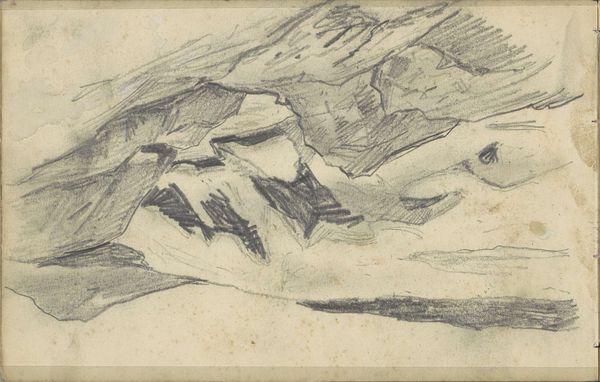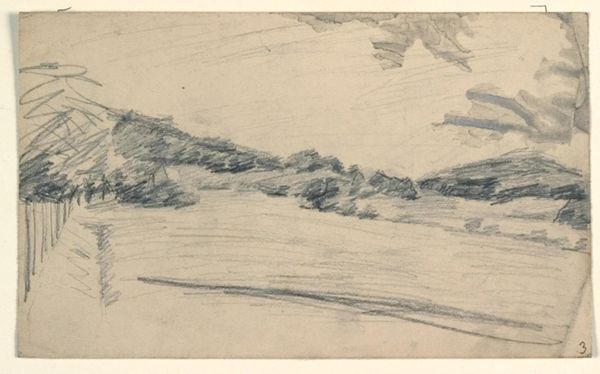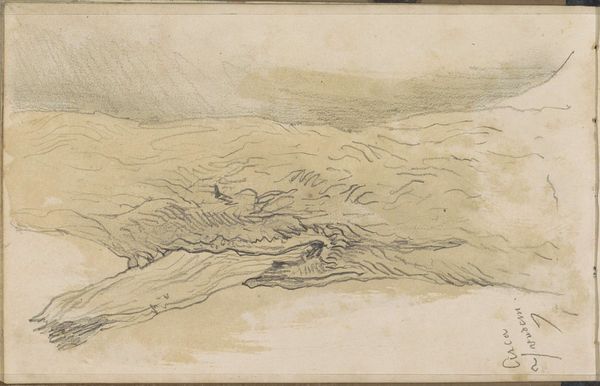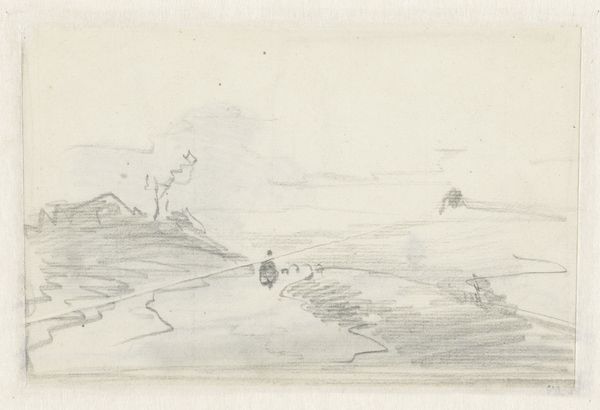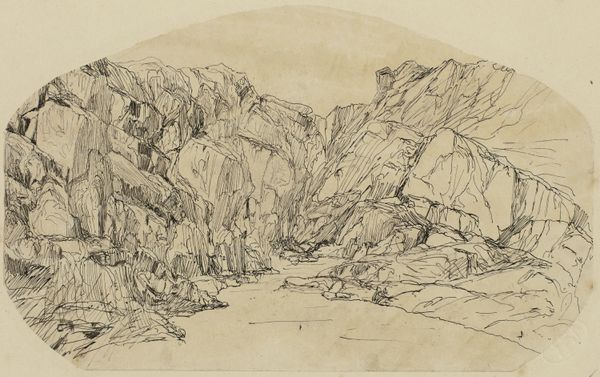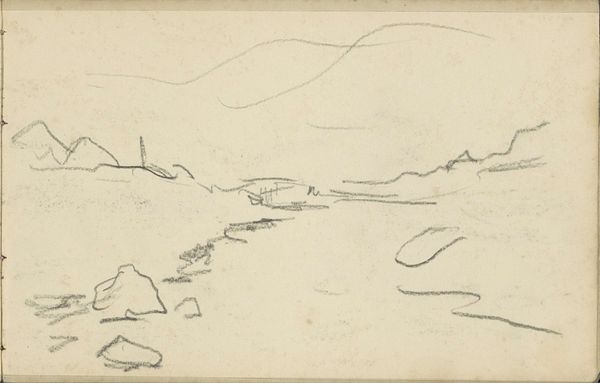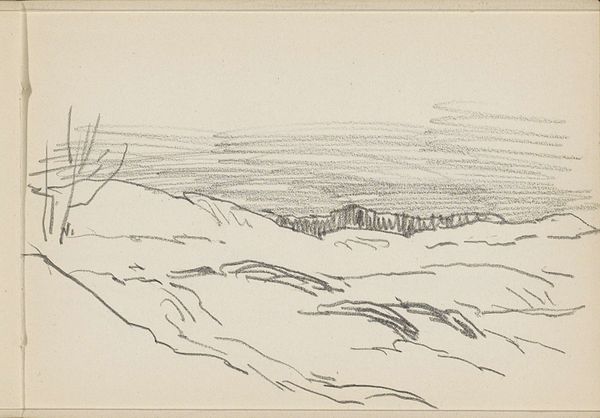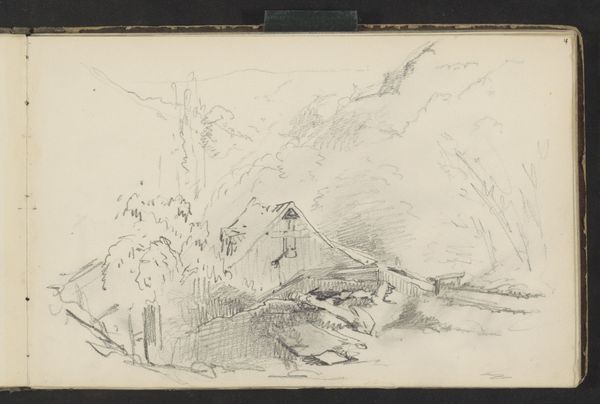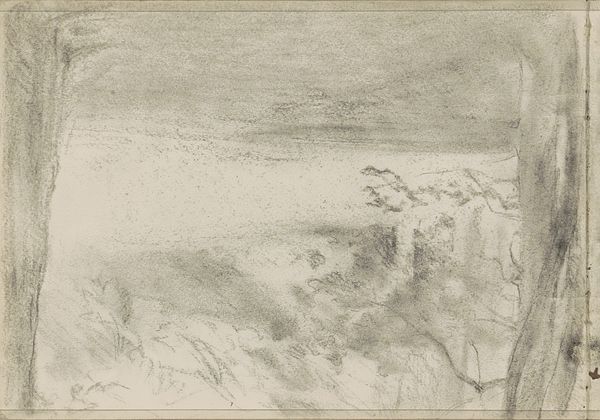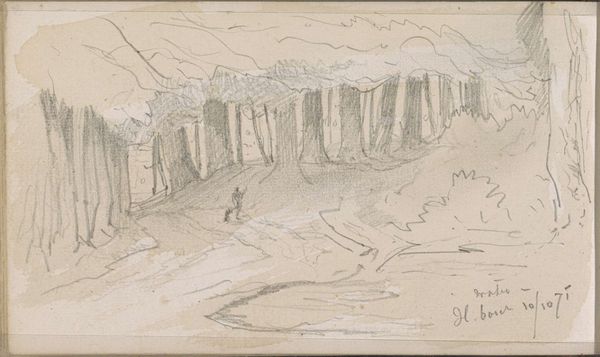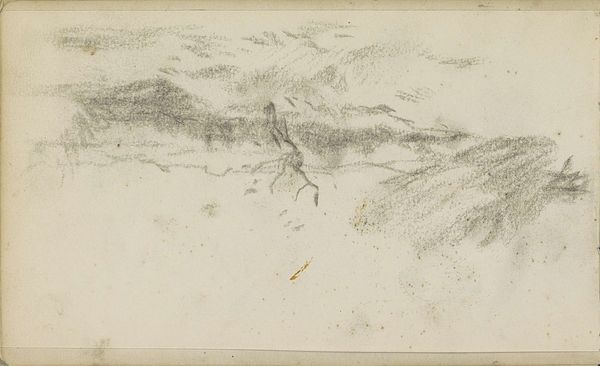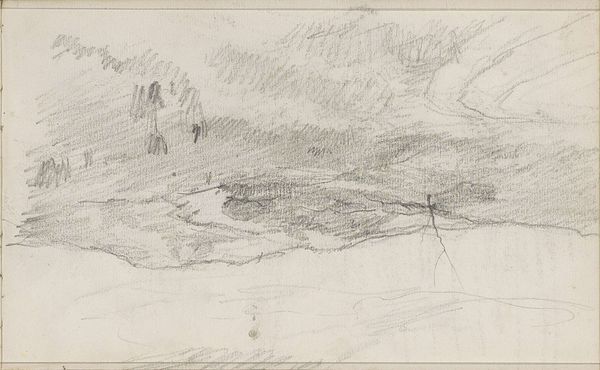
drawing, pencil
#
drawing
#
pencil sketch
#
landscape
#
pencil
#
realism
Copyright: Rijks Museum: Open Domain
Editor: So, this is "Coastal View, possibly Nova Zembla," a pencil drawing from 1880 by Louis Apol, held in the Rijksmuseum. The stark, muted tones give it a very desolate, lonely feel, and it also somehow captures the hugeness of this place. How do you interpret it? Curator: The isolation is palpable, isn't it? Consider the symbolic weight of Nova Zembla itself. It's a place associated with early exploration, hardship, and survival against the odds. That stark coastline, rendered with such precise detail in pencil, becomes a metaphor. Editor: A metaphor for…? Curator: For human resilience, for one. The faint, almost ghost-like mountains in the background versus the sharply defined rocks in the foreground, nearly claws that grasp and hold on, that speaks to the endurance of both nature and humankind facing immense challenges. Notice how the light plays – it's not welcoming. It highlights the unforgiving terrain. Apol isn’t simply depicting a place; he’s evoking a feeling of profound encounter. What do the diagonal lines represent to you? Editor: They seem to indicate a downward slope but also a kind of harshness in the environment, maybe an angle of attack. The sea almost looks like its encroaching... Curator: Precisely! The diagonal lines not only suggest the geography, but they also symbolically convey a sense of precariousness and potential threat, underlining the difficult environmental encounter in an extreme place. There is no sign of any life - a ship, a building... Editor: This really changes how I see it. I was focused on the quiet mood, but now it seems more about this symbolic struggle for survival. Curator: Exactly! Seeing artwork in terms of their deeper cultural, emotional, and symbolic resonance can open new perspectives, reflecting aspects of collective cultural memories.
Comments
No comments
Be the first to comment and join the conversation on the ultimate creative platform.
